Rooftop Square
Green city plaza with a view
Humania
Discover who you are
Elementa
Journey from atom to planet
Technium
Unravel everyday technology
Fenomena
Experience how science works
Entrance Hall
Entrance, shop and lockers

Physics is everywhere: in the colours of a rainbow, the crackling of a sweater and a ball as it falls to the ground. The first floor of NEMO is about all these everyday phenomena. Discover the science behind very ordinary yet surprising natural phenomena such as light, sound and static electricity.

You will find these exhibits in Fenomena, on Floor 1.
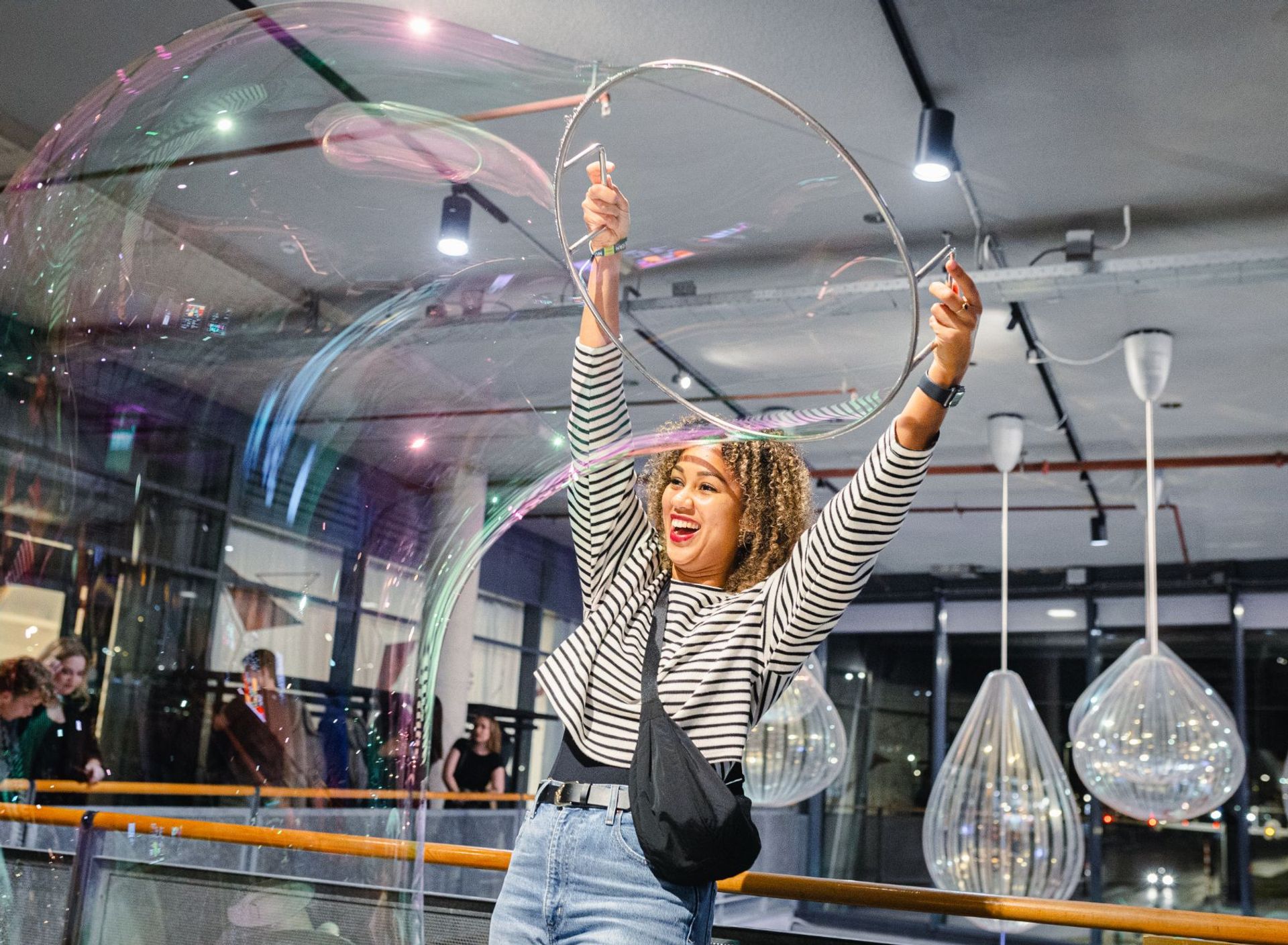
A soap bubble is a thin layer of water trapped between soap and glycerine. The bubble reflects white light, which contains all the colours of the rainbow – exactly what you see reflected in the bubble. With NEMO’s tried-and-tested super suds, you can make gigantic bubbles, big enough to stand in!
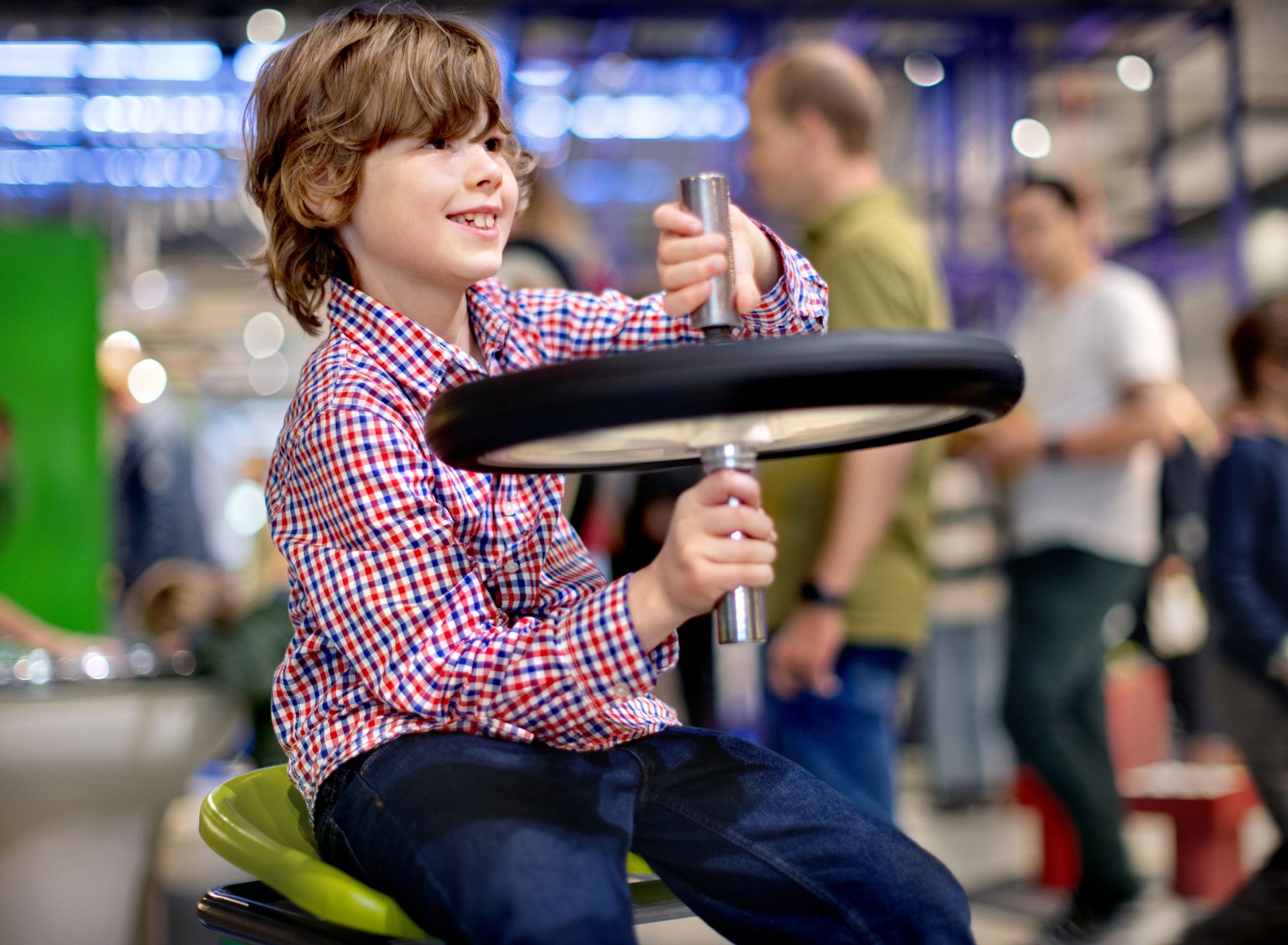
Let yourself be spun around by this special wheel: a gyroscope. Take a seat, spin the bicycle wheel as hard as you can and tilt the wheel as it spins. What happens? You spin along with it. This is known as the gyroscope effect. A rotating wheel has something called ‘angular momentum’: it wants to keep rotating in the same direction and at the same speed. When you tilt the wheel, you are trying to change that angular momentum. The wheel ‘resists’ this change and causes you – or the wheel – to start spinning.
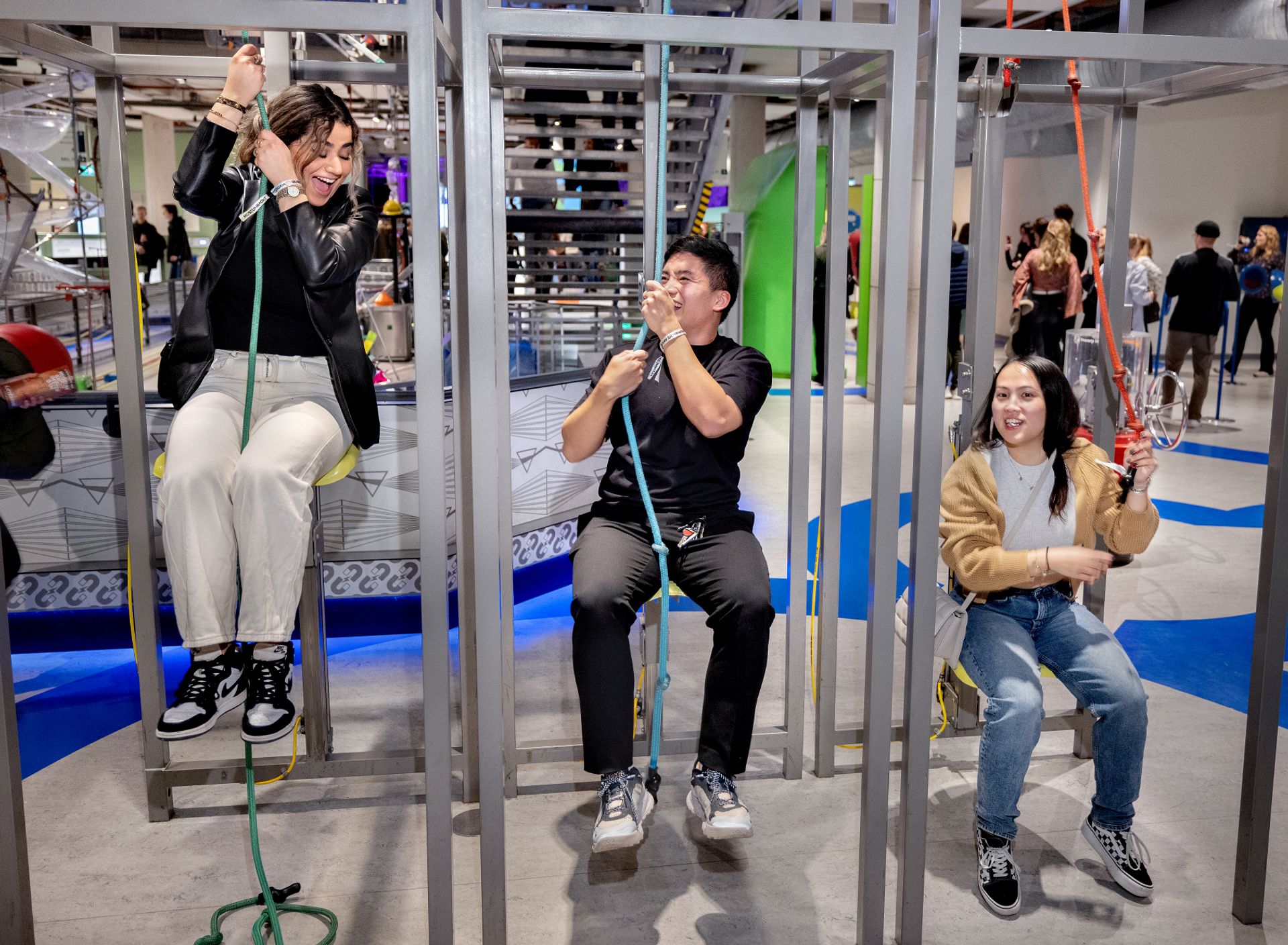
Who will get to the top first: the strongest or the smartest? These chairs are suspended from pulleys that distribute the force you have to use to lift them. The more pulleys there are, the less effort it takes to pull yourself up. Give it a try!
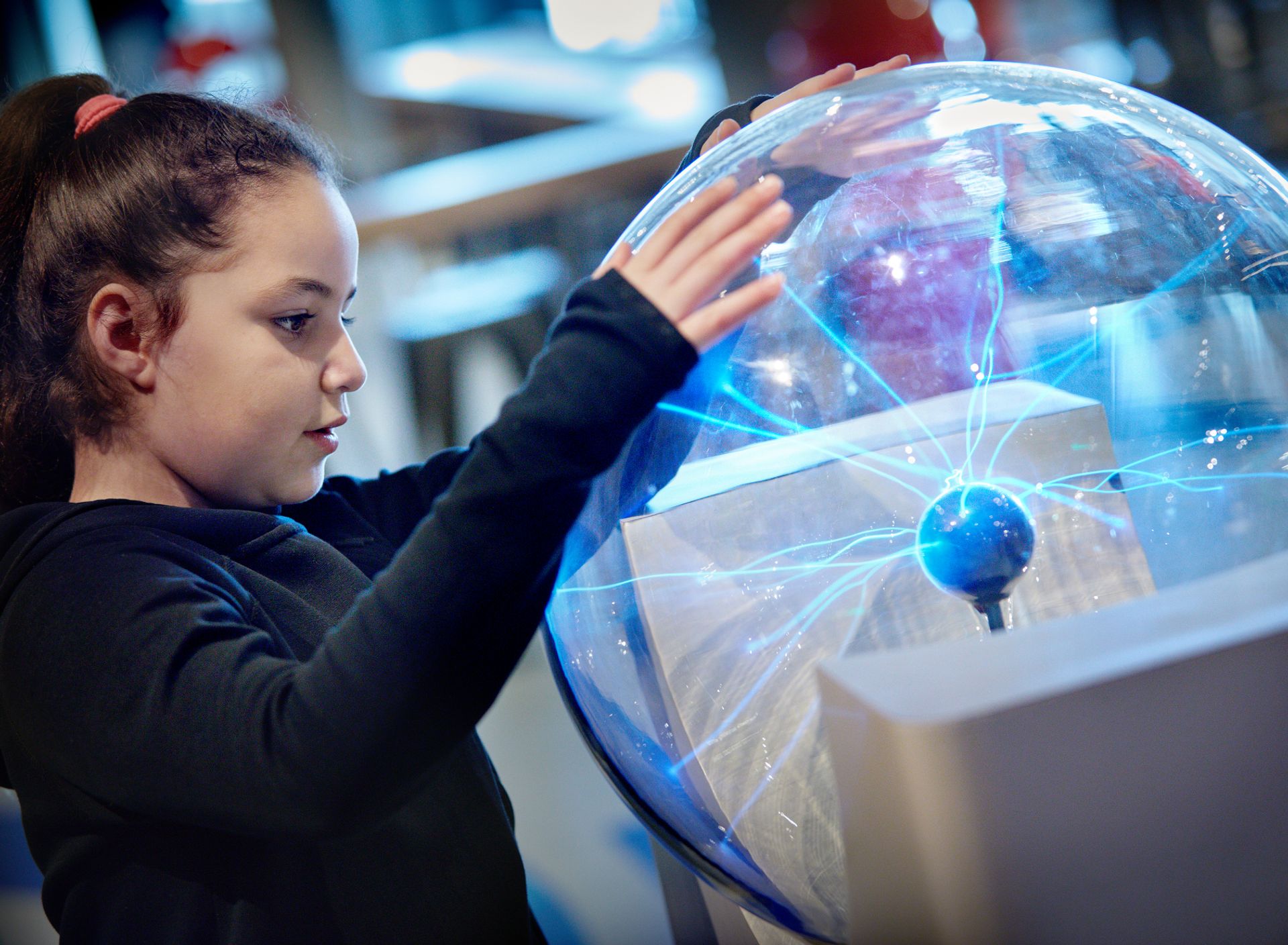
Do you want to see electricity pass through you without feeling it? Try Nikola Tesla’s lightning globe! The globe is filled with gas. At its centre is an electrode under high-voltage alternating current. The gas lights up, creating spectacular bolts of lightning.
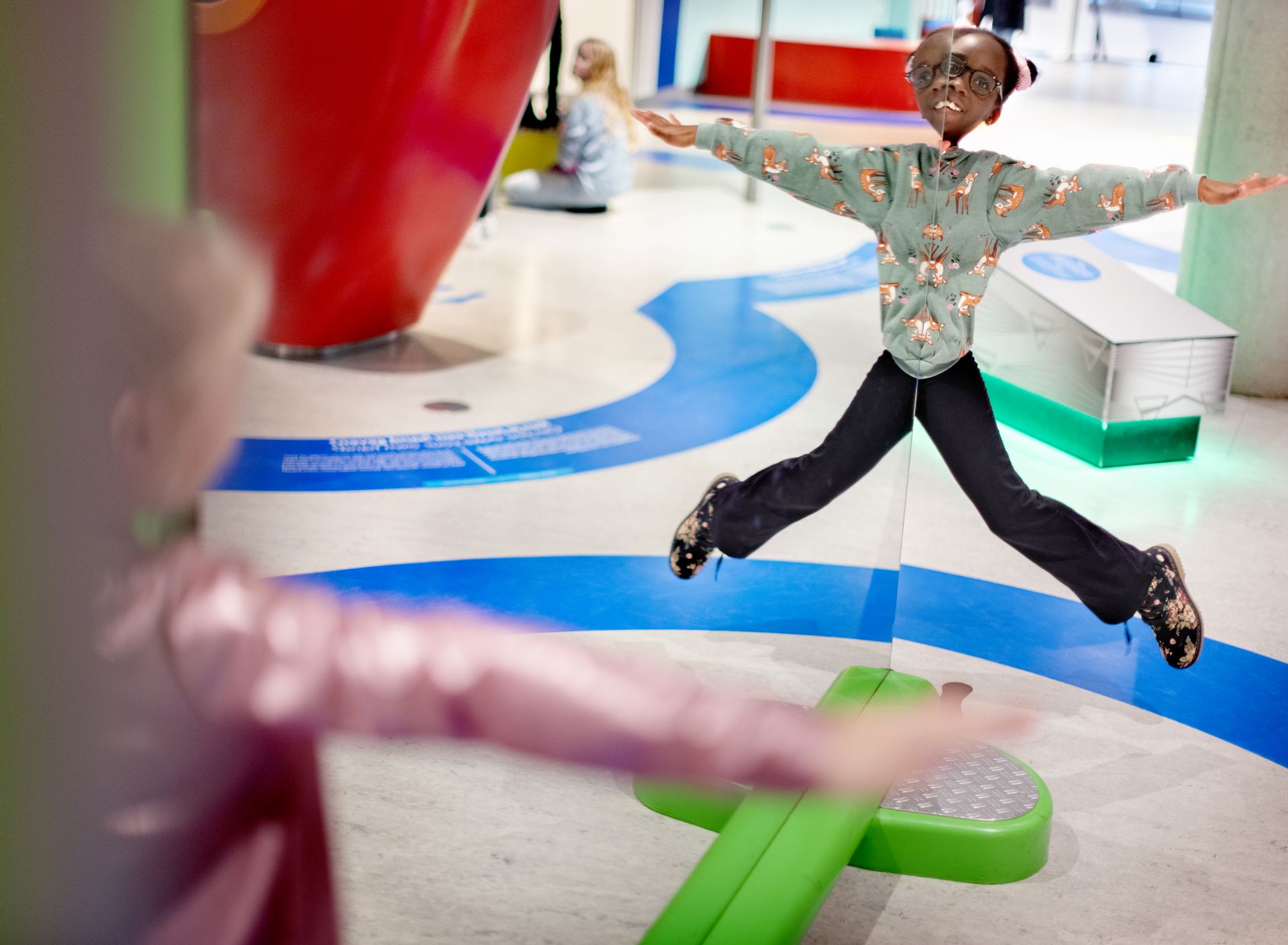
If you stand so that the edge of the large mirror aligns with the middle of your body, you will see what looks like a complete reflection in the mirror. You can have all kinds of fun with your new body! Lift one leg and make yourself float. Or swim through the air or crawl upwards like a lizard. You can even grow a few extra arms!
We have been asking the same questions about the world around us for centuries. But the answers keep on changing. Scientists build on the discoveries of the past. Ever since the Enlightenment in the 18th century, science has become increasingly important in the Netherlands. At first, this knowledge was only for the rich, but later it became available to everyone.
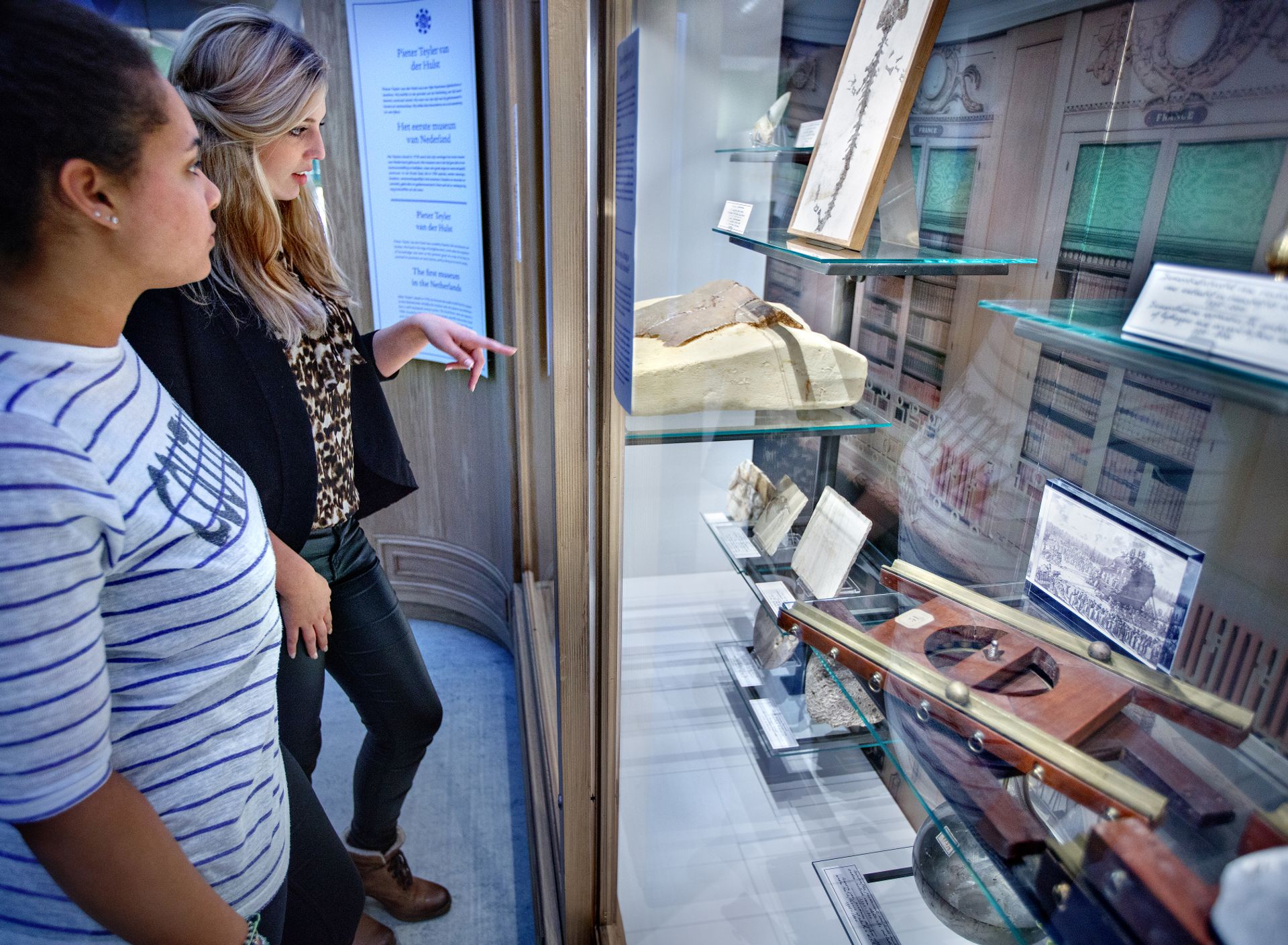
Teylers Museum in Haarlem is the oldest museum in the Netherlands. At NEMO, you will find a mini version of this fascinating museum of science and the arts. Founded in 1784, Teylers Museum was a product of the ideals of Pieter Teyler van der Hulst, a wealthy resident of Haarlem. Teyler lived during the Age of Enlightenment, a time when people believed that spreading knowledge about the arts and science would make society better. In his will, he laid the foundation for Teylers Museum.
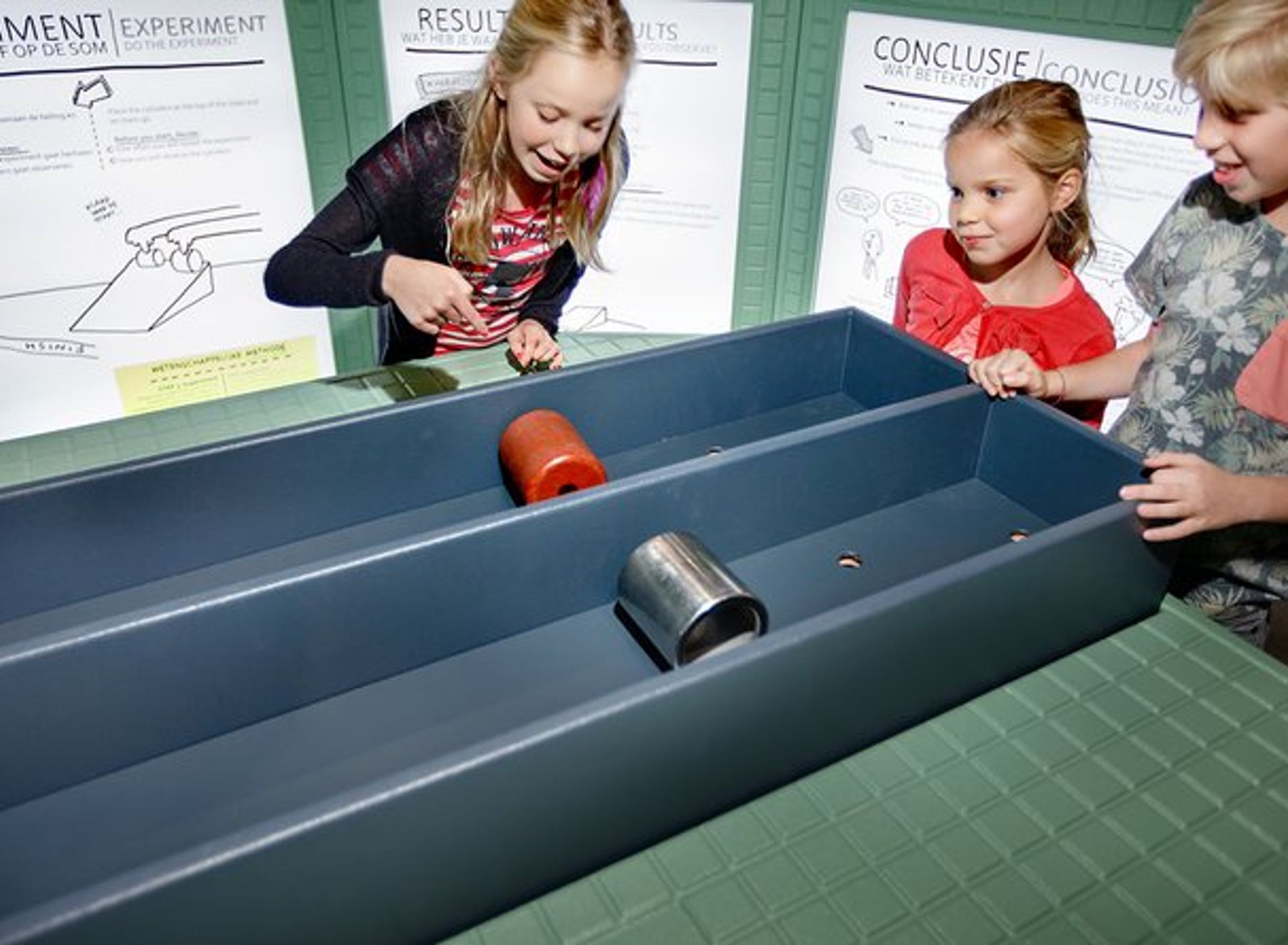
Scientists ask questions. To find the answers, they use the scientific method: a process of asking questions, making predictions, testing, observing and reaching conclusions. Try it yourself! Do the experiment and put your ideas about rolling or falling objects to the test!